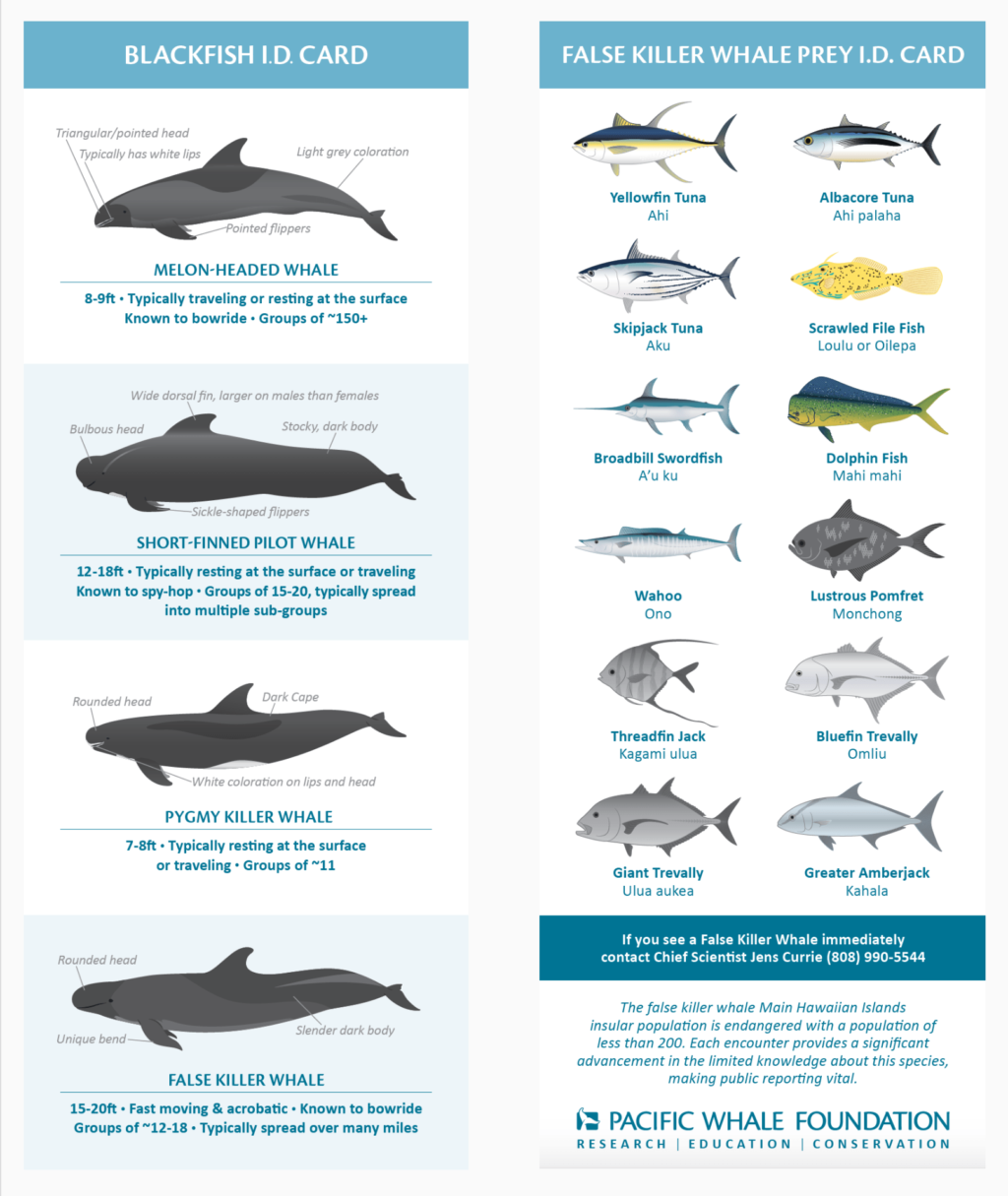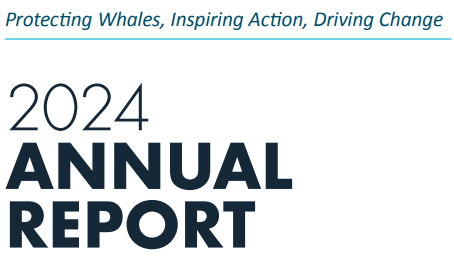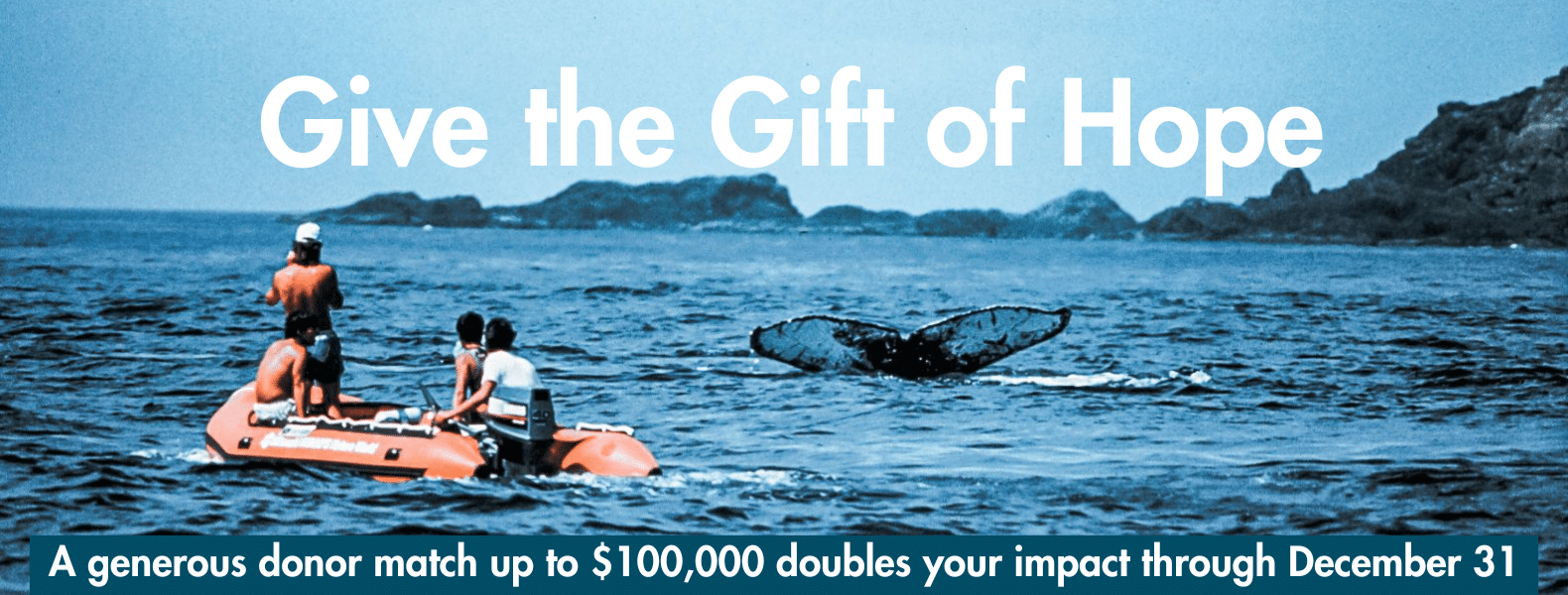This year’s Earth Day theme is Protect our Species. One of Pacific Whale Foundation’s (PWF) top research priorities is studying the endangered population of false killer whales found only in Hawai‘i. False killer whales (Pseudorca crassidens) are a large species of dolphin and one of a group of dolphins known as the “blackfish”. Their name originates from their discovery; they were named based on fossils that resembled the skull and teeth of killer whales and were actually thought to be extinct. The Main Hawaiian Islands insular population, the subjects of our research, has fewer than 200 individuals, of which very few are females capable of breeding. We created this blackfish id card to help anyone on the water identify false killer whales because each encounter provides a significant advancement in the limited knowledge about this species, making public reporting vital.

In early March, the PWF research team was able to successfully respond to two reports of false killer whales sighted in the Maui Nui region! The first sighting occurred on a Saturday morning, when researchers received a call about false killer whales near Molokini. Within an hour of the report, a response team was formed and able to launch the research vessel from Ma’alaea harbor. Once the false killer whales were sighted, we discovered that the pod of ~20 animals were very spread out and traveling fast. In addition, the wind was picking up and it was difficult to spot the animals and track them through the water. We were still able to launch an unmanned aerial vehicle (UAV) to collect calibrated aerial measurements of individuals, while also collecting photo-ID data, behavioral observations and underwater footage at the same time. Despite the difficulties of weather conditions and the animals’ behavior, we were able to obtain some valuable aerial footage for measurement of two adult false killer whales.
The second sighting occurred during a field day when our researchers were on the water conducting humpback whale surveys aboard the research vessel Ocean Protector. The team received a call from a collaborating research group about a pod of false killer whales off the island of Lānaʻi. We quickly changed course and set off to locate the group, and after about an hour of transit, saw the first black dorsal fin. We were then able to successfully launch the UAV and conduct seven flights over the animals to collect data.
The false killer whales were traveling and diving repeatedly during this encounter, but with the UAV flying overhead we had a perfect vantage point for keeping up with the animals. The UAV also gave us the opportunity to observe the behaviors of the group from a different perspective, including a feeding event, where we were able to watch one of the false killer whales with a fish in its mouth. It was a tremendously successful and eventful encounter, and we were able to get aerial footage from the UAV and photo-ID data of all 18 of the animals in the group, including two mother-calf pairs and two juveniles.
Encounters such as these are crucial for researchers in order to better understanding this endangered population. Specifically, aerial footage will be used to measure body size, body condition and assess potential pregnancy in individuals. These measurements will let us examine the health and growth rate of individuals, and can be used to develop age-structured population models to determine the population growth rate.
We could not do this research without the continued help from the Maui on-water community who help us by reporting false killer whales in Maui Nui waters.
If you see a False Killer Whale in Hawaii, immediately contact Chief Scientist Jens Currie at (808) 990-5544. We are excited to advance our research efforts and use our findings to help protect and conserve this population. Research activities authorized under NMFS Research Permits #21321
Help us save this endangered species by adopting a false killer whale today.

